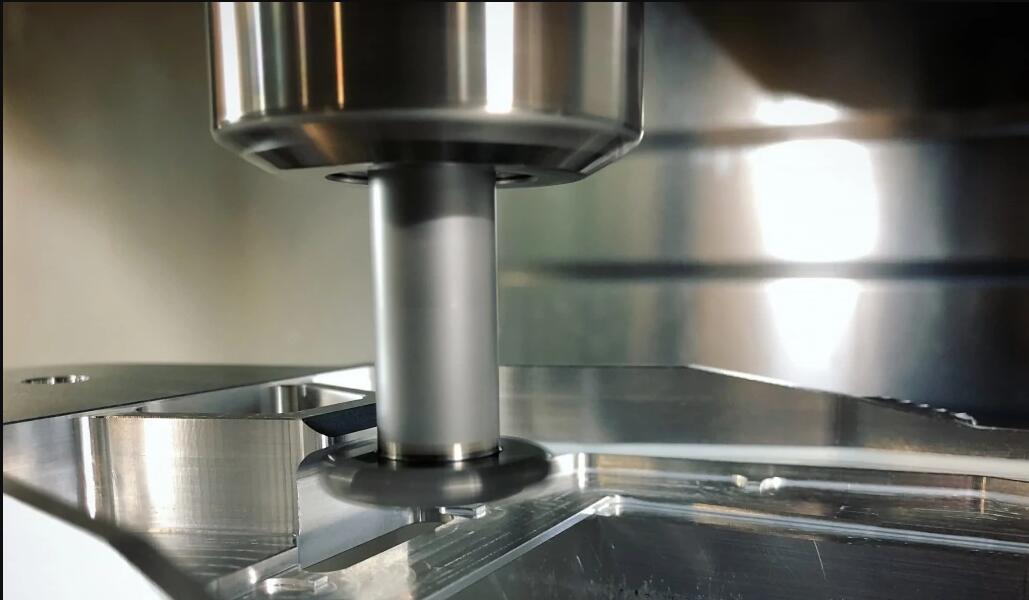SANS Machining is a professional CNC machining manufacturing, we use high-quality machines for precision CNC milling and turning, precision EDM, precision grinding and a series of other internal tools. In addition, our engineers’ experience and qualification, as well as the strict inspection of machines and processes, can ensure consistent quality even under the most severe conditions. We control the CNC machining quality from five key links, namely, the design of CNC machining scheme, programming, simulation and inspection, the application of CNC machining quality control methods and tools, and the establishment of CNC machining technical team.
1. Design Of CNC Machining Scheme
The design of CNC machining scheme mainly includes the following contents: first, determine the type, size, model and other contents of the parts to be processed with data, and generate the part drawings. At the same time, analyze the processability of CNC machining, determine the process route of CNC machining, then define the contents of each process of CNC machining, and finally select the CNC parameters and machining tools. Compared with ordinary machine tool machining, CNC machining is similar in design principle, but the control mode of CNC machining is different, it has a high degree of automation, and the cost of CNC equipment is also relatively high. Therefore, its process design should be more rigorous, the design content should be more specific, and it needs to have strong adaptability.
2. Programming During CNC Machining
In CNC machining, programming is also a key link. The instruction code in the program directly affects the output results, and also has a critical impact on the machining quality of parts. When compiling the program, it is necessary to ensure that the mathematical model used in the process of parts machining is accurate, and the coordinate system is accurately defined. At the same time, it is also necessary to correctly set the attribute parameters, tool points and safety planes in the CNC machine tool. In addition, it is necessary to reasonably arrange each process and processing sequence in the machining scheme, and correctly select the tool type, tool path and cutting amount. In the use of command letters, it is necessary to accurately describe the syntax format in the machine tool numerical control system. When selecting the cutting parameters, the cutting characteristics of the tool itself, the processing characteristics of the material of the part itself, the machining allowance of the part, the cutting characteristics of the machine tool and other factors should be comprehensively considered. Finally, in the process of CNC machining, it is necessary to ensure that the tool path of parts and components does not have over-cutting, interference, collision and other phenomena.

3. Simulation Inspection
Simulation inspection is also a key link in CNC machining quality control. The content of simulation inspection mainly includes physical simulation and geometric simulation. In the aspect of physical simulation, people mainly check whether the physical phenomenon is reasonable by simulating and analyzing the physical phenomenon generated during CNC machining. In the aspect of geometric simulation, the whole process of CNC machining can be realistically simulated through the application of virtual reality technology or 3D display technology, so as to check whether there will be geometric interference or collision when the machine tool moves in the CNC program, and whether the tool running track is correct. It can be said that the simulation inspection link is an important guarantee to ensure the safety and accuracy of CNC machining. This link can effectively avoid the occurrence of various problems in the machining process, thus making the CNC machining more scientific, efficient and reasonable.
4. CNC Machining Quality Control Methods And Tools
In the application of CNC processing quality control methods and tools, people should implement quality planning according to the quality control system and its processing process, determine the quality control points and index characteristic values in each process, and then conduct actual investigation on the capabilities of each process, and analyze and determine the relevant factors affecting the development of the process. Then, quality control documents such as process management points and quality tables are prepared so that the quality indicators in the process of data processing can be dynamically collected in real time and comprehensively, so that the quality control method can sort out, analyze and evaluate these quality indicator data. Finally, the conclusion is drawn, and the leading factors affecting the quality are intervened and controlled in the actual CNC machining process, so that the quality control objectives can be finally achieved.
5. CNC Machining Technical Team
1. Self-inspection Awareness
The employees are required to carry out self-inspection on the CNC machining products they produce. Only the products they think are up to standard can they flow to the next process. The unqualified products found in self-inspection should be stopped immediately and told to the foreman or the master in charge and other leaders for debugging, improvement and optimization.
2. Mutual Inspection Awareness
For the CNC machining flowing from the previous process, the personnel are required to carry out the re-inspection and replacement. Only after the inspection, the qualified products can be manufactured. The quality problems detected in the previous process should be timely fed back. We will resolutely not process, accept or transfer inferior products.
3. Special Inspection Awareness
After performing self-inspection and mutual inspection, it is necessary to enhance the communication: personnel are doing self-inspection and special inspection while manufacturing. As a professional inspector, they should have a strong awareness of CNC machining quality monitoring. For the monitoring of CNC machining quality, only by tracking the process monitoring can the quality be controlled.


